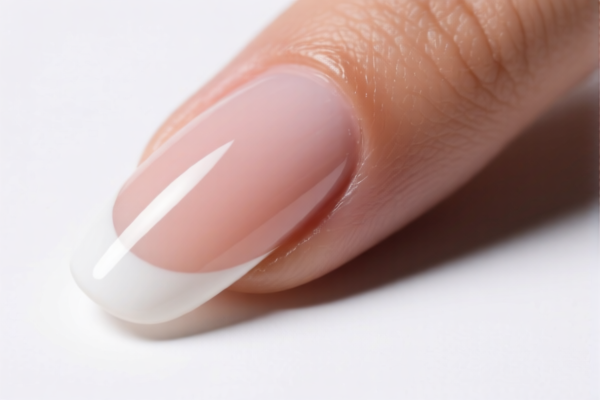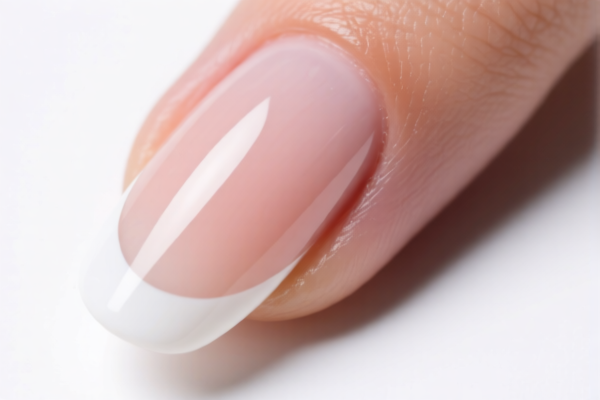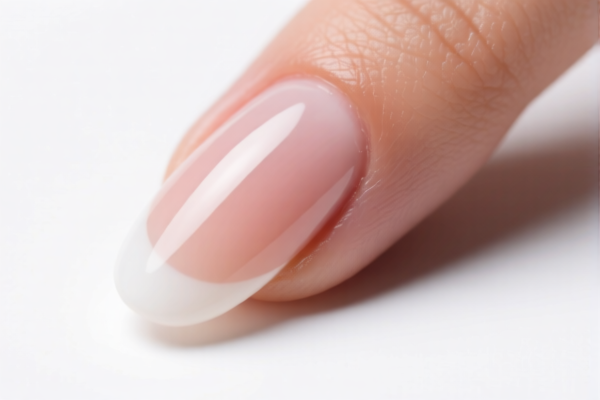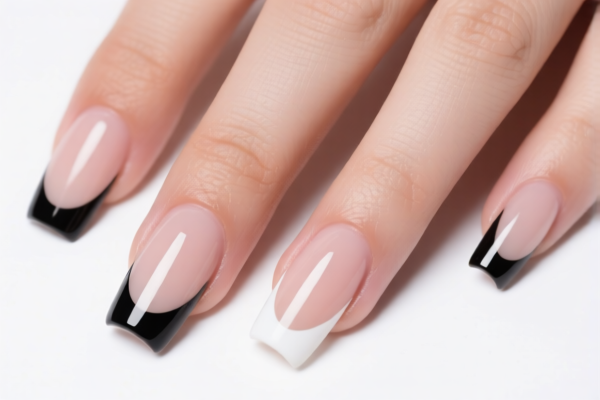| HS Code | Official Doc | Tariff Rate | Origin | Destination | Effective Date |
|---|---|---|---|---|---|
| 6815994170 | Doc | 55.0% | CN | US | 2025-05-12 |
| 6815992000 | Doc | 55.0% | CN | US | 2025-05-12 |
| 3924104000 | Doc | 33.4% | CN | US | 2025-05-12 |
| 3926909989 | Doc | 42.8% | CN | US | 2025-05-12 |
| 7117907500 | Doc | 30.0% | CN | US | 2025-05-12 |
| 7117905500 | Doc | 44.7% | CN | US | 2025-05-12 |
| 9615906000 | Doc | 41.0% | CN | US | 2025-05-12 |
| 9615904000 | Doc | 35.3% | CN | US | 2025-05-12 |
| 9601908000 | Doc | 41.2% | CN | US | 2025-05-12 |
| 9601902000 | Doc | 37.5% | CN | US | 2025-05-12 |




False Nails
False nails, also known as artificial nails, are nail coverings applied to the fingernails to enhance appearance. They offer a variety of shapes, lengths, and designs, serving both cosmetic and protective functions.
Material
False nails are constructed from several materials, each with distinct properties:
- Acrylic: A mixture of liquid monomer and polymer powder, acrylic nails are durable, strong, and customizable. They are created by applying the mixture to the natural nail or a nail form and air-drying.
- Gel: Gel nails utilize a gel-based polymer cured under ultraviolet (UV) or LED light. They are generally more flexible than acrylics and offer a natural look. Variations include hard gel (strong, durable) and soft gel (softer, more flexible, requires less filing).
- Acrylic Powder Dip: A system involving dipping the nail into colored acrylic powder after applying a base coat and sealant. This method avoids liquid monomer, reducing odor and drying time.
- Silk/Fiberglass: These materials are applied with a resin to strengthen natural nails, often used for repairs or to prevent breakage.
- Plastic (Pre-designed/Press-on): Pre-fabricated nails made of plastic, often with adhesive backing for temporary application.
Purpose
- Cosmetic Enhancement: The primary purpose is to alter the appearance of nails, providing length, shape, color, and design options.
- Strengthening: Artificial nails can reinforce weak or brittle natural nails.
- Protection: They offer a protective layer against damage, preventing breakage and splitting.
- Habit Control: Can discourage nail biting or picking.
Function
False nails function by adhering to the natural nail plate, creating a hardened, protective surface. The application process typically involves:
- Preparation: The natural nail is filed, buffed, and cleaned.
- Primer Application: A primer is applied to enhance adhesion.
- Application of Artificial Material: Acrylic, gel, or other materials are applied and shaped.
- Curing/Drying: Materials are cured under UV/LED light (gel) or air-dried (acrylic).
- Finishing: Nails are filed, buffed, and polished.
Usage Scenarios
- Fashion & Beauty: Used for aesthetic purposes in everyday wear, special events, or professional settings.
- Nail Art: Serve as a canvas for intricate designs, patterns, and embellishments.
- Corrective Purposes: To disguise nail imperfections or address nail damage.
- Professional Settings: Commonly used by nail technicians in salons.
Common Types
- Full Set: Artificial nails applied to the entire nail surface.
- French Manicure: A classic style with a pink base and white tips.
- Acrylic Overlay: A layer of acrylic applied over the natural nail for strengthening.
- Gel Polish: A gel-based polish applied for a durable, chip-resistant finish.
- Press-on Nails: Pre-designed nails applied with adhesive, offering a temporary solution.
- Sculpted Nails: Created from scratch using acrylic or gel, allowing for customized shapes and lengths.
- Tip Nails: Pre-shaped plastic tips glued onto the natural nail, then covered with acrylic or gel.
- Coffin/Stiletto/Almond/Square: Different shapes achieved through filing and shaping.
Based on the provided reference material, identifying the precise HS code for "false nail" requires careful consideration of its material composition. The following HS codes may be relevant:
- 3924104000: This code covers tableware, kitchenware, other household articles and hygienic or toilet articles, of plastics; specifically, tableware and kitchenware. While false nails aren’t strictly kitchenware, they are household articles made of plastic. The tax rate is a base tariff of 3.4%, with no additional tariff currently, increasing to 30.0% after April 2, 2025, resulting in a total tariff of 33.4%.
- 3926909989: This code encompasses other articles of plastics and articles of other materials of headings 3901 to 3914; specifically, other articles. Given that false nails are often made of plastic and fall into the category of “other articles,” this code is applicable. The tax rate is a base tariff of 5.3%, an additional tariff of 7.5%, increasing to 30.0% after April 2, 2025, resulting in a total tariff of 42.8%.
- 7117907500: This code covers imitation jewelry; specifically, other; other; valued over 20 cents per dozen pieces or parts; of plastics. If the false nails are considered imitation jewelry and are valued over 20 cents per dozen, this code applies. The tax rate is a base tariff of 0.0%, with no additional tariff currently, increasing to 30.0% after April 2, 2025, resulting in a total tariff of 30.0%.
- 7117905500: This code covers imitation jewelry; specifically, other; other; valued not over 20 cents per dozen pieces or parts; other. If the false nails are considered imitation jewelry and are valued not over 20 cents per dozen, this code applies. The tax rate is a base tariff of 7.2%, an additional tariff of 7.5%, increasing to 30.0% after April 2, 2025, resulting in a total tariff of 44.7%.
Important Considerations:
The classification between codes 3926909989 and 7117907500/7117905500 hinges on whether the false nails are considered “imitation jewelry.” The value per dozen pieces is also critical for selecting between 7117907500 and 7117905500.
According to the provided reference material, the HS code options related to 'false nail' are limited, with only the following 4 found.
Customer Reviews
No reviews yet.